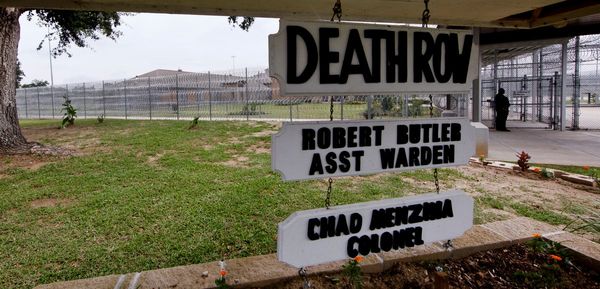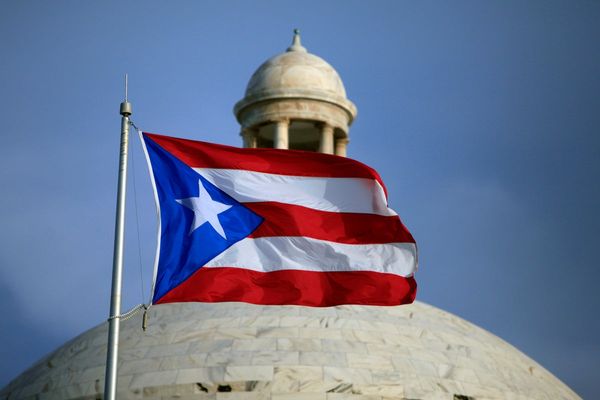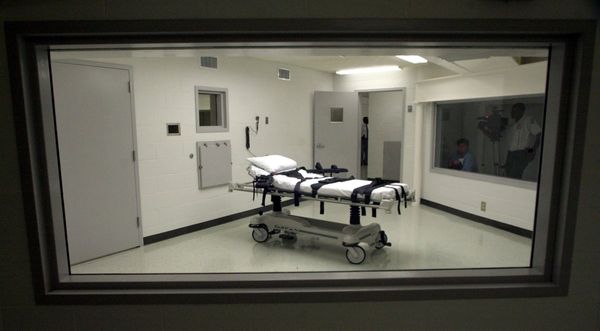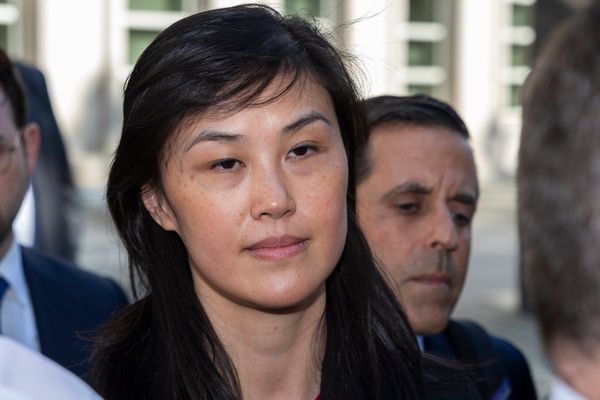
Former first lady Michelle Obama drew from her childhood experience of "white flight" in the 1970s South Side of Chicago to highlight discrimination immigrant families now face in the U.S. at the Obama Foundation Summit in the city Tuesday.
Michelle Obama: "I can't make people not afraid of black people. I don't know what's going on, I can't explain what's happening in your head, but maybe if I show up every day as a human, a good human ... Just maybe that work will pick away at the scabs of your discrimination." pic.twitter.com/DBo169sN0Y
— Kyle Griffin (@kylegriffin1) October 30, 2019
The big picture: Obama made the comments as she appeared with her brother, Craig Robinson, in a wide-ranging discussion with author Isabel Wilkerson, noting that being the first black first family gave America and the world the opportunity "to see the truth of who we are as black people, as other; that we are just as, and often times better than, many of the people who doubt us."
- In her book, Obama outlines her firsthand experience of the changing demographics in the South Side of Chicago, known as "white flight."
- She details seeing white families moving out of the urban area as black families moved in — and how the "mere suggestion of it" caused "stable, middle-class families to bail preemptively for the suburbs, worried their property values would drop. 'Ghetto' signaled that a place was both black and hopeless."
Background: Obama has spoken previously about her personal experience of racism, including after becoming America's first black first lady. She writes in her bestselling memoir "Becoming" how she knew she wouldn't get the same "grace" assigned to her white counterparts previously in her role.







